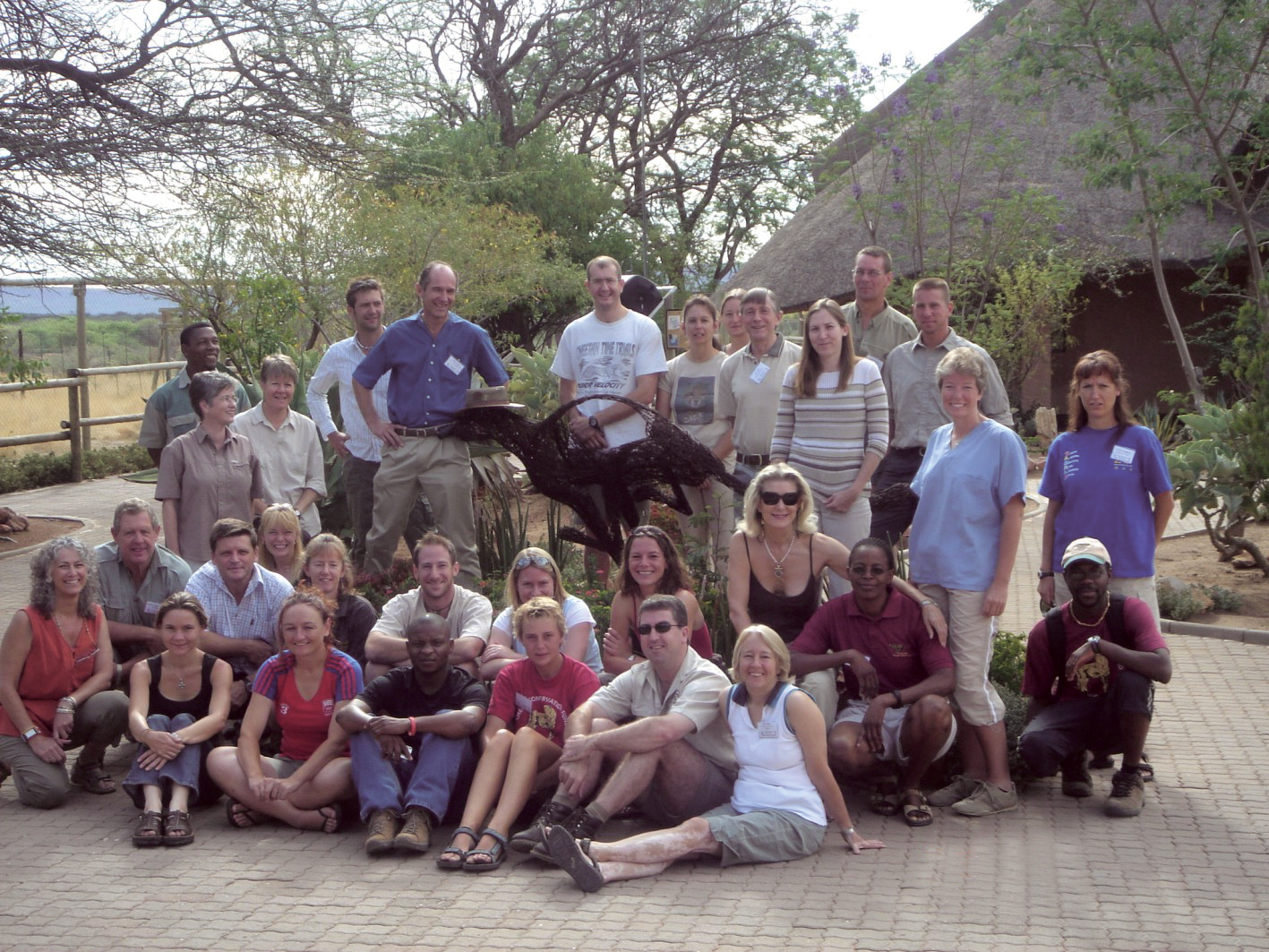|
In the past few decades, the cheetah along with its habitat and prey has experienced dramatic declines throughout Africa due to human encroachment resulting in land use changes. Cheetahs are known to have one of the largest individual ranges of any terrestrial carnivore and are found to be particularly susceptible to land fragmentation. Most protected park networks are too small to conserve viable populations and larger predators (ie. lions and hyenas) are known to displace them which results in higher numbers of cheetahs living outside protected areas, placing them in increased human/wildlife conflict situations. Cheetah conservation activities outside of protected areas have mostly taken place in the southern African region where a network of researchers and conservationists has developed. In December 2005, the Cheetah Conservation Fund in Namibia hosted the first Southern African Regional Cheetah Workshop where the idea for this special issue of Cat News was developed. The workshop brought together 32 cheetah researchers and conservationists from six countries to develop strategies to ensure cheetah survival in the 21st century. The workshop was sponsored by the Cheetah Conservation Fund (CCF), the Wildlife Conservation Network (WCN) and Classic Escapes. This special issue of Cat News highlights the accomplishments in cheetah conservation in the southern African region over the past few years and prioritizes research and conservation objectives for the future. The compilation of current knowledge shows the needs for conservation of cheetah outside and within protected areas, discusses problems facing the cheetah due to human-predator conflict issues and reveals extension and education initiatives that have been implemented. This special issue was supported in part by the Howard Buffet Foundation, the IUCN/SSC Cat Specialist Group and the Cheetah Conservation Fund. Collaboration and co-operation between the regional cheetah conservation organizations continues to work towards developing methodologies for their long-term studies on cheetah populations. These studies are fundamental to understanding the dynamics of the cheetah population and how it is will be affected by ongoing removals, habitat changes and conflict. Long-term data is also vital to help guide the development and implementation of management strategies aimed at ensuring the conservation of this species within and between countries in this region. This special issue forms the basis of the Southern African Regional Conservation Strategy being compiled by regional cheetah specialists and governmental representatives in Botswana in December 2007. As with any regional strategy, the task will be to formulate conservation activities that will lead to the long-term survival of the cheetah. However, it will only be with the support of the governments and local communities that the strategy will be implemented so that the cheetah will continue to have a place under the southern African sun. Dr. Laurie Marker Founder/Executive Director, Cheetah Conservation Fund Otjiwarongo, Namibia |
|
|
|
|
|
|
|
back to contents |
